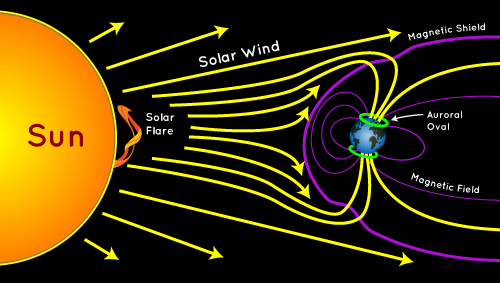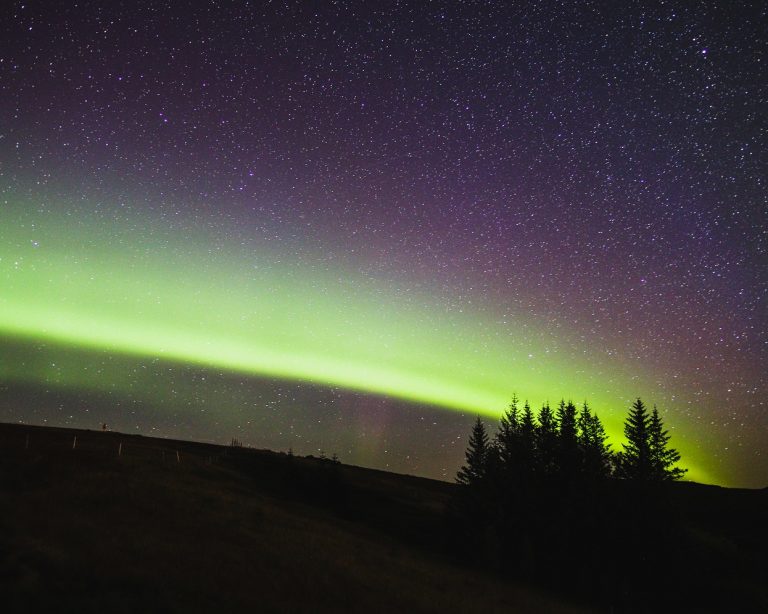ICELAND
12-Days Itinerary - Around the Ring Road
General Info
This section will answer the most frequently asked questions:
- When is the best period to travel to Iceland?
- What currency does Iceland use? Should I use cash or credit card?
- What is the 4 PINs needed for credit card usage?
- Is Iceland an expensive country?
- Is Iceland tap water safe to drinks?
- How to see Northern Lights?
1. When is the best period to travel to Iceland?
It really depends on what you want to experience in Iceland.
We went during the first 2 weeks of September, which is the autumn season (Sept-Oct). The average temperature is 8°C, sunrises at 6.30am and sunsets at 8.30pm, so there is ample daylight to travel around and still get a chance to catch the Northern Lights.
If you are travel during summer (June-Aug), it will be during the peak period, usually accommodation and car rental will be expensive. There will be 21 hours of daylight (during this period the sun doesn’t set below the horizon) which is good for sightseeing but your odds of catching the Northern Lights will be close to zero.
On the other hand if you travel during winter (Nov-March), the weather will be harsh and driving on slippery icy road might be dangerous. You will have 5 hours of daylight which dramatically increases your chance to catch the Northern Lights.
Please note that weather in Iceland is famous for being unpredictable. It means that one moment it can be bright and sunny, the next moment it can be super windy and thunderstorm, all within minutes.
2. What currency does Iceland use? Should i use cash or credit card?
Iceland is a cashless country, even their toilet uses credit card to enter. Therefore, I strongly suggest that you use credit card during your travel.
We live in Singapore and no money changer offers the Icelandic Krona (ISK). So in order to use cash in Iceland, We need to change Singapore dollar (SGD) to Euros (EUR) and then change the EUR to ISK at the Iceland airport. The Icelandic Krona (ISK) has little to no value outside of Iceland. That is why you are advised to change your money back before leaving, so as to not get stuck with a currency that no bank abroad really wants. With all these hassle and crossing the bid/offer spreads on the currency exchange, you are definitely better off just using the credit card. You just have to check that your credit card does not have additional charges on top of the usual 2-3% oversea usage charge.
Therefore, we highly recommend this Multi-currency travel card called Youtrip which charge around 0.1% vs average of 3% for normal credit card. I did the comparison and Youtrip card charge very close to the interbank exchange rate, this will actually help you save alot of money. You can download the app and track your spending on real time basis. You can also redraw cash from ATM machines. Use this link to apply for the card. Here is an interesting article on Dynamic Currency Conversion (DCC).
3. What is the 4 digit PINs needed for credit card usage?
There are a lot of confusion regarding this because most of the online forums mention that in order to use credit card in Iceland, you need to enter a 4 digit PINs. For the whole travel, whenever the machine ask us for the 4 digit PINs, we would just press on the green ‘OK’ button and the transaction will go through.
But there are some situations where you might need the 4 digit PINs. You need these 4 digit PINs when you pump petrol from unmanned petrol kiosk (no physical person to process the payment). In order to avoid this, purchase the prepaid petrol card whenever you pump petrol in the manned petrol kiosk. And then use this prepaid card at the unmanned kiosk when needed. The 2 biggest petrol kiosk are Olís and N1. And honestly, just pump petrol in the manned kiosk whenever you need to.
In Singapore, we are given 6 digit PINs when we request it. So how? If you are in the situation where you need to enter the 4 digit PINs no matter what, just enter the first 4 digits, it should work.
4. Is Iceland an expensive country?
Iceland is one of the most expensive country to visit. Eating out is relatively expensive, on average it cost around SGD 23 to SGD 50 per meal (USD 16-36). Be careful when you dine at fast food like burgers, pizza or sandwiches (usually situated in the petrol kisok). You might think it’s going to be cost-effective, but in reality, it cost around the same as above.
Therefore the most economical way is to cook. You are advised to shop your groceries at Nettó, Krónan and Bónus, each have abundant locations both in and outside the capital.
5. Is Iceland tap water safe to drink?
Icelandic water is not only safe, it’s also delicious (or as delicious as water can be). It does not have the faint taste of chloride that many associate with tap water, since it’s never chemically purified. It comes straight from sources where the water has filtered through lava and is clean as can be. So just bring a water bottle with you and refill it.
Not only is it safe to drink the water straight from the tap, it’s also safe to drink from most lakes, rivers and streams if the water runs clear. Basically, if you’re not drinking mud or seawater, it’s ok to drink.
The hot water that comes from the taps have a rotten egg smell due to the present of sulphur. If you’re having coffee or tea, you need to get cold water and heat it up. If you turned on the cold water and it tasted like eggs, there was probably just some hot water left in the tap since the last time it was used. Just let it run for a few seconds until it’s completely cold and taste it again.
6. How to see Northern Lights?

The Northern Lights (Aurora Borealis) are the visual result of solar particles entering the earth’s magnetic field at high atmosphere, and ionising. Their intensity depends on the activity of the sun, and the acceleration speed of these particles.
Due to the nature of the earth’s magnetic field, the auroras only appear at the poles (Auroral Oval), usually above the 60° latitude mark in the north, and below the 60° latitude in the south (these ‘Southern Lights’ are called the Aurora Australis). Iceland, which sits at the latitude of approximately 64° north, is therefore ideally located to spot them.

Variations in colour are due to the type of gas particles that are colliding. The most common auroral color, a pale yellowish-green, is produced by oxygen molecules located about 60 miles above the earth. Rare, all-red auroras are produced by high-altitude oxygen, at heights of up to 200 miles. Nitrogen produces blue or purplish-red aurora.
To witness the aurora borealis in all their glory in Iceland requires patience, luck, and the following conditions to be met:
- You must be looking between September to April
- The night must be as dark as possible (a fuller moon, for example, will dim the aurora)
- There should be as little unnatural light as possible
- There should be as little cloud cover as possible
- There must be enough solar activity
These last two conditions can be researched prior to looking for the lights, by referencing the aurora forecast and cloud cover forecast. However, it is impossible to know more than a few days in advance what the forecast will be. The aurora forecast is measured on a scale of 0-9, which anything above a 2 usually being promising.
Before science could explain what these dancing lights were, there were many theories, throughout many different cultures.
In Viking legend, during every battle on Earth, Odin would pick the warriors who would die and join him in Valhalla. The Valkyries – female warriors on horseback, who wore armour and carried spears and shields – were tasked with leading Odin’s chosen warriors to Valhalla. The Vikings believed the Northern Lights illuminating the sky were the reflections of the Valkyries’ armour as they led the warriors to Odin.
Certain Native American groups reportedly believed they represented the spirits of the dead; the brighter they shined, the happier the dead were said to be.
After Christianisation in Medieval Europe, they were often seen as a warning for dark times ahead.
